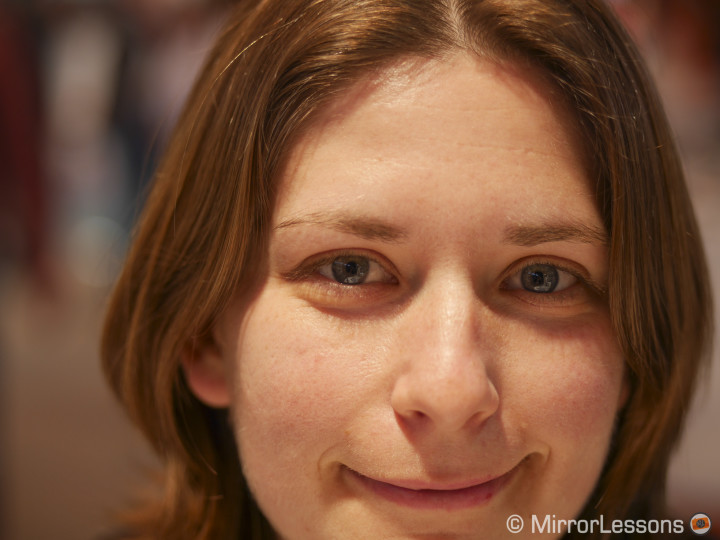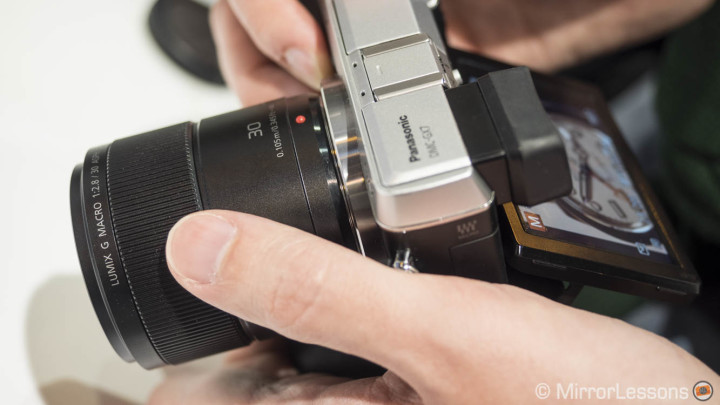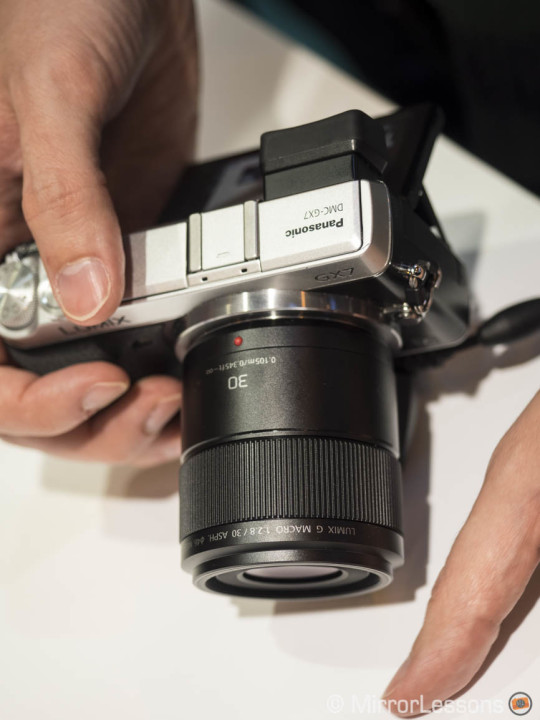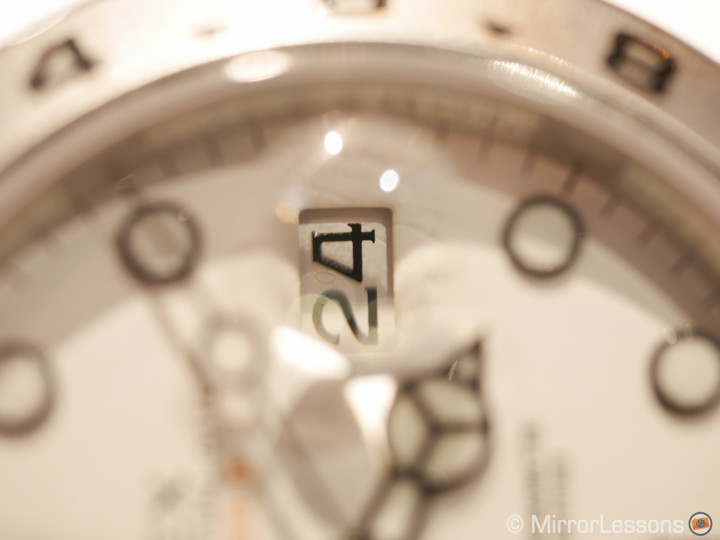After we finished looking at three of the four new Sony FE lenses, the next products we were keen to try out at the UK Photography Show were the two new Micro Four Thirds primes from Panasonic. Announced one month ago, the two lenses are very small and compact, and contribute to the ever-increasing versatility of the M4/3 lens system.
The Lumix G 42.5mm f/1.7

The 42.5mm f/1.7 looks like the little brother of the stunning Nocticron f/1.2. It hasn’t been designed by Leica and is in direct competition with the Olympus 45mm f/1.8. In actual fact, the two lenses look very similar and the differences in terms of the focal length (2.5mm) and the aperture (0.1) are negligible. The 42.5mm has some interesting characteristics however. It has an all-metal finish which should prove more resistant than the plastic finish of the M.Zuiko 45mm. But what I like the most are its close focusing capabilities (30cm) which is closer than the Olympus version. The lens seems to deliver excellent image quality with great sharpness at f/1.7. Like the M.Zuiko version, this is another lens that really proves how great the MFT system can be: so small yet such excellent IQ. It also has optical stabilisation which naturally makes it a better choice for Lumix users. The autofocus was really fast with the Lumix GX7.
Below you can check out a couple of pictures taken with the GX7. They are all OOC JPGs.
The Lumix G 30mm f/2.8 Macro
This new lens expands the macro choice of the MFT lens line-up to three. It is the shorter than both the Pana/Leica 45mm and the Olympus 60mm. The new 30mm Macro can focus as close as 10.5cm with 1:1 ratio. But while using the lens it actually seemed to me that it can focus even closer than that. Like the 42.5mm, it has an all-metal finish and optical stabilisation. The focus ring is large and nice to use. The OIS works well as you can see from the pictures below, which were all taken hand-held. I was also surprised by the autofocus, which is very fast with the GX7 even when focusing extremely close to the subject. It is only when you reach the minimum focusing distance that it starts to struggle, which is understandable. When you switch to manual focus, I found the the focus ring large, smooth and precise to use.
The pictures below are also OOC JPGS.














